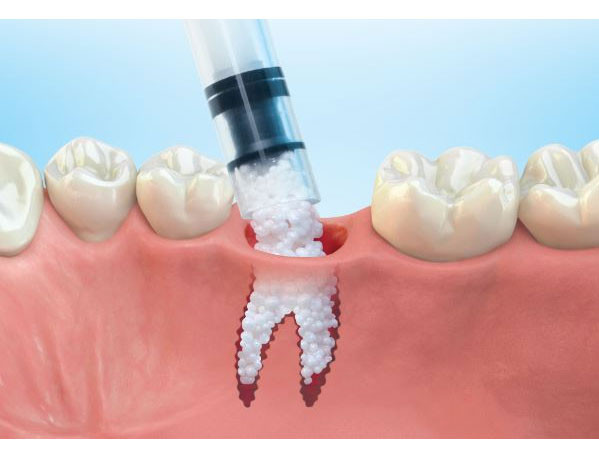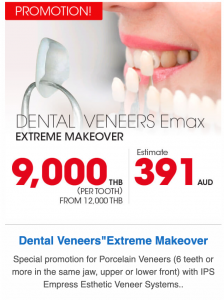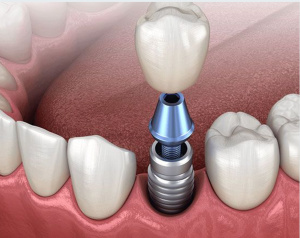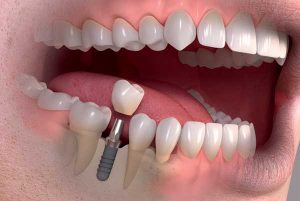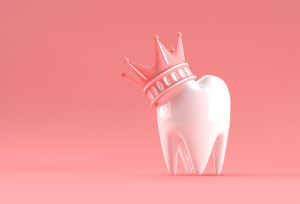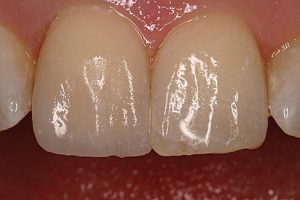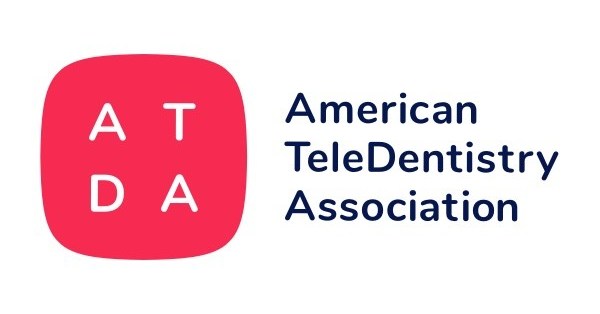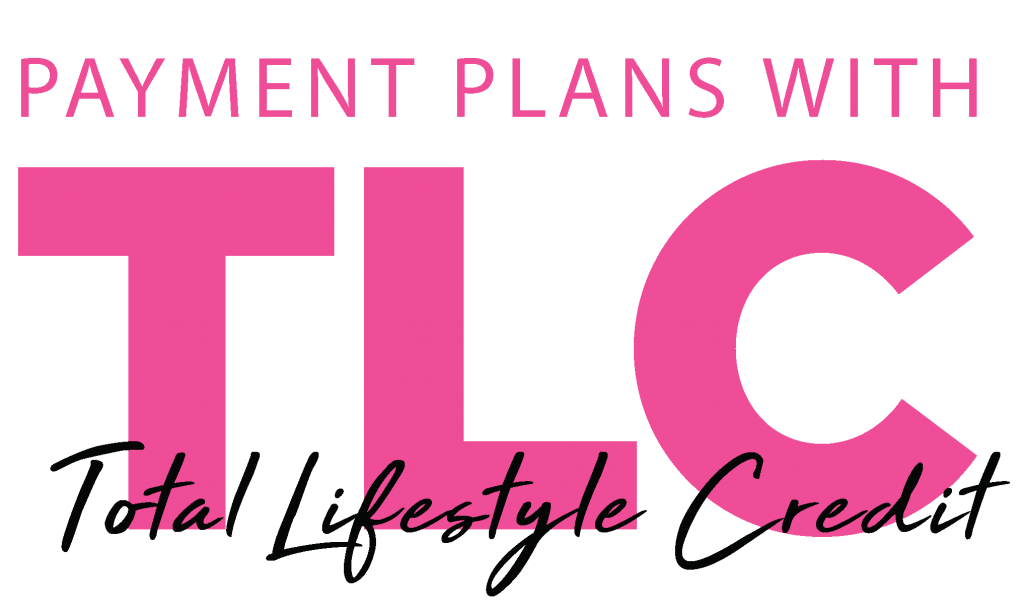A dental bone graft is a minor surgery that transplants healthy bone tissue to an area with an advanced level of bone loss (or where additional support is needed) to facilitate bone formation and wound healing. An effective dental bone graft material must be bio-resorbable and not cause an antigen-antibody reaction within the host’s body. As such, the dental bone grafts are usually taken from another area of the body, a donor, an animal, or are made up of synthetic material that acts as a mineral reservoir to induce new bone formation.
What are the different categories of dental bone graft?
The different categories of dental bone graft are:
1. Autograft
the ‘gold standard for dental bone grafts, uses your bone for the graft, and it is usually taken from the hip, tibia, or back of the jaw. These are known to promote faster healing and new bone formation. However, pain at the donor site is a common complaint.
2. Allograft
if someone is not a suitable candidate for an autograft, then an allograft is usually recommended. An allograft is a dental bone graft that uses bone from another human, usually a cadaver. This is a safe (low infection-risk) and affordable alternative to an autograft.
3. Xenograft
this uses bone from a different species, typically a cow. However, the bone from the horse, pig, and marine life has also been in use. Though it is relatively successful, the success rate is lower than that of the autograft or allograft because it involves the bone of a different species. Xenografts do not stimulate the production of bone by the cells in the body, and they act as scaffolding for new and healthy bone growth.
If you have a religious consideration, please discuss the type of xenograft you prefer with your dental surgeon upfront.
4. Alloplasts
these are a type of synthetic bone made up of phosphorous, hydroxyapatite, and calcium. As with xenografts, alloplasts do not stimulate your body’s cells to form new bone, but they can heal small defects.
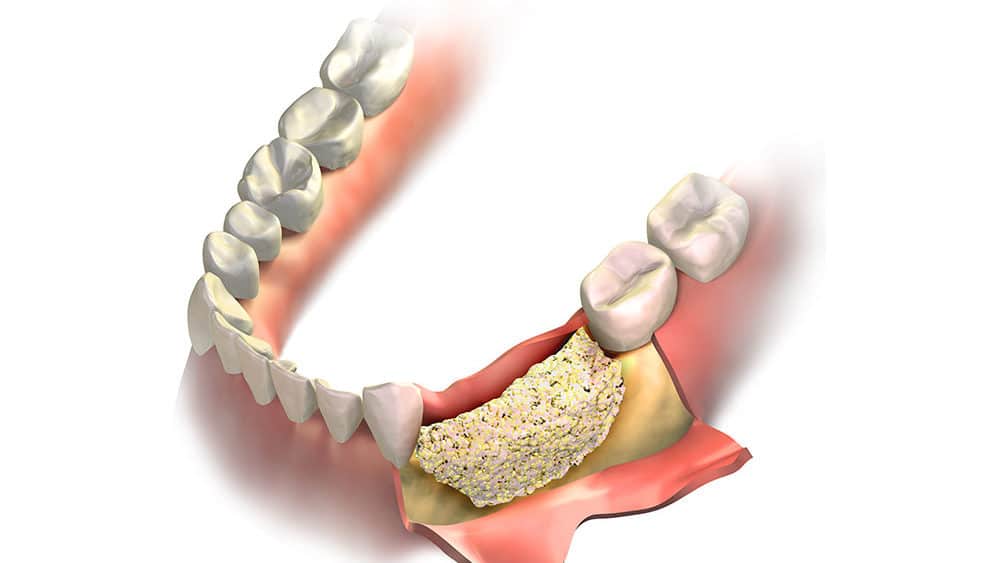
What procedures use dental bone graft?
A dental bone graft is most used to preserve the edentulous area after an extraction; an implant can be placed. Ridge Augmentation and Socket Preservation are done after extractions to prevent significant bone loss and bone defects. Using a bone graft in Ridge Augmentation, the height and width of lost bone can be restored, and further deterioration stopped. Filling an extraction socket with a bone or bone substitute in Socket Preservation will allow for future treatments such as implants, dentures, or bridges to have greater success rates. When upper posterior teeth are extracted, the maxillary sinus floor may fall, leaving only a small amount of bone.
A successful implant depends on the quantity and quality of bone and a Sinus Lift Procedure can improve both. By lifting the sinus membrane and using a bone graft to give additional height, the rate of implant success is greatly improved.
Untreated gum disease can cause bone loss that leads to tooth loss. Periodontal surgeries that use bone grafts can help to regenerate bone and reverse some of the damage caused by periodontal disease.
This concludes our brief look at dental bone graft and their uses.
If you have any questions like dental graft cost, time, the healing process, or any other thing, please contact us.
Download Types Of Dental Bone Graft Articles PDF:
References:
- Roland, J. (2021, January 5). What You Need To Know About A Dental Bone Graft. Healthline.
https://www.healthline.com/health/dental-bone-graft - Hill, A. (n.d.). Types of Bone Grafts, Complications & Risks. NewMouth
https://www.newmouth.com/dentistry/specialties/periodontics/bone-grafts/ - Princeton Oral and Maxillofacial Surgery. (n.d.). Bone Grafting.
https://www.princetonoms.com/bone-grafting.html - Delta Dental. (n.d.). What to expect during bone grafting?
https://www.deltadental.com/us/en/protect-my-smile/procedure/all-about-dental-procedures/what-to-expect-during-bone-grafting.html







